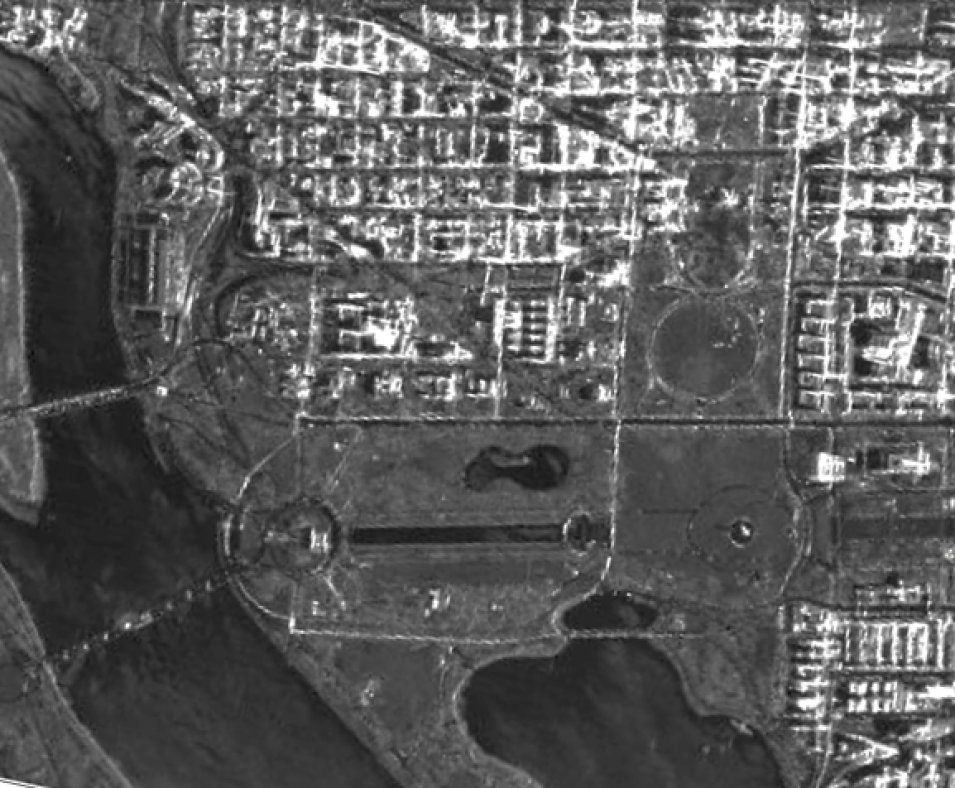Synthetic aperture radar (SAR) data available through Airbus Defense and Space GEO Inc (Airbus U.S.) have been approved for purchase by NASA to complement the agency’s Earth science data collection. Available products currently include more than 1,500 SAR images from the Airbus U.S. TerraSAR-X (launched in 2007), TanDEM-X (launched in 2010), and PAZ (launched in 2018) satellites over select global sites acquired between November 2007 and November 2022. The Airbus SAR Evaluation Report and the Assessment Summary are available for review.
NASA’s Commercial SmallSat Data Acquisition (CSDA) program coordinated the data evaluation with 13 teams of experts representing the varied scientific interests of the research community. Airbus U.S. data are available to U.S. Government (USG) federal agency employees and contractors under the Airbus U.S. USG End User License Agreement (EULA), and can be accessed through the CSDA SmallSat Data Explorer (SDX).
Airbus U.S. SAR data offers daily (one to two times) radar imaging revisits and interferometry repeat cycles of 4, 7, and 11 days at sub-meter spatial resolution along with precise elevation information for nearly any point on Earth, independent of cloud cover and weather. The Airbus U.S. products have a wide range of potential Earth science applications that span five of the six NASA Earth science focus areas: Carbon Cycle and Ecosystems, Climate Variability and Change, Earth Surface and Interior, Water and Energy Cycle, and Weather and Atmospheric Dynamics.
CSDA is a component of NASA’s Earth Science Data Systems (ESDS) Program and is committed to identifying and evaluating commercial SmallSat data that have the potential to support NASA’s Earth science research and application activities.
